15 Key Features to Look for When Collecting Victorian Furniture
Victorian furniture is known for its elegance and intricate craftsmanship, making it a sought-after style for collectors. When you’re on the hunt for authentic Victorian pieces, there are several key features to keep an eye out for. From the rich, dark wood finishes to the detailed carvings, each element tells a story of the craftsmanship of that era. Upholstery materials like velvet and brocade were common in Victorian furniture, adding a touch of luxury to the designs. Additionally, the sturdy construction and unique decorative features, such as inlays and metalwork, contribute to the charm of these pieces. Knowing what to look for will help you identify quality items and avoid common pitfalls.
This post may contain affiliate links, which helps keep this content free. Please read our disclosure for more info.
Ornate Carvings
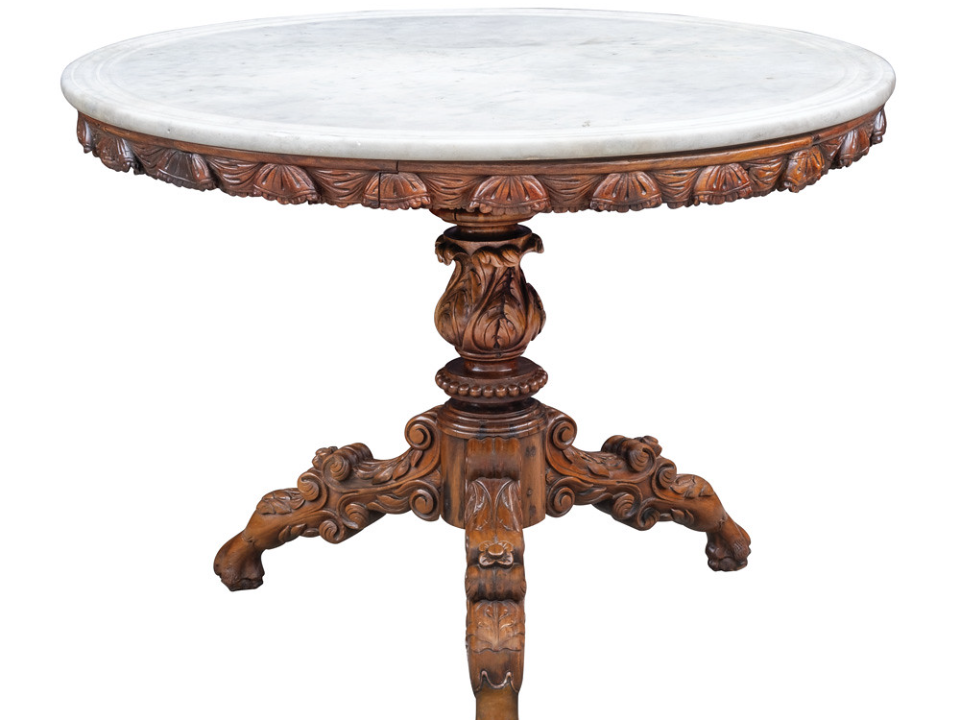
Victorian furniture often features intricate carvings, a key indicator of the craftsmanship from this era. The wood is frequently adorned with floral patterns, scrollwork, and sometimes even mythological motifs. These carvings showcase the attention to detail and high level of artistry that was common in the Victorian period. Look for well-defined and symmetrical designs, as these elements demonstrate the skill of the artisan.
Carvings can be found on various parts of the furniture, including chair backs, cabinet doors, and armrests. They not only serve an aesthetic purpose but also enhance the overall character of the piece. Over time, some carvings may have worn down or faded, so it is important to check the condition and depth of the carvings when assessing a piece of Victorian furniture.
Rich, Dark Wood Finishes
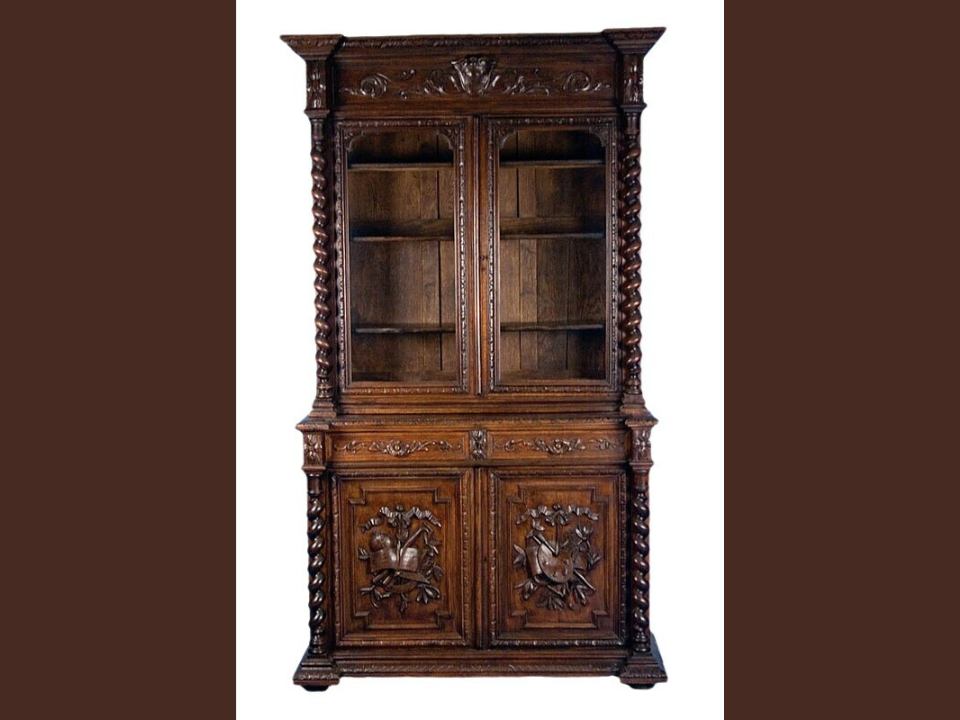
One of the most recognizable features of Victorian furniture is the use of rich, dark woods such as mahogany, walnut, and oak. These woods were chosen not only for their durability but also for their ability to be polished to a high gloss, creating a luxurious appearance. The dark finish adds a sense of elegance to any room and is characteristic of the era’s preference for heavy, imposing furniture.
When collecting Victorian furniture, pay attention to the wood’s texture and finish. Authentic pieces will have a smooth, lustrous surface, and the grain should be visible beneath the finish. Scratches or discoloration may detract from the value, so it’s essential to assess the wood’s overall quality and restoration needs before making a purchase.
Upholstered Surfaces with Rich Fabrics
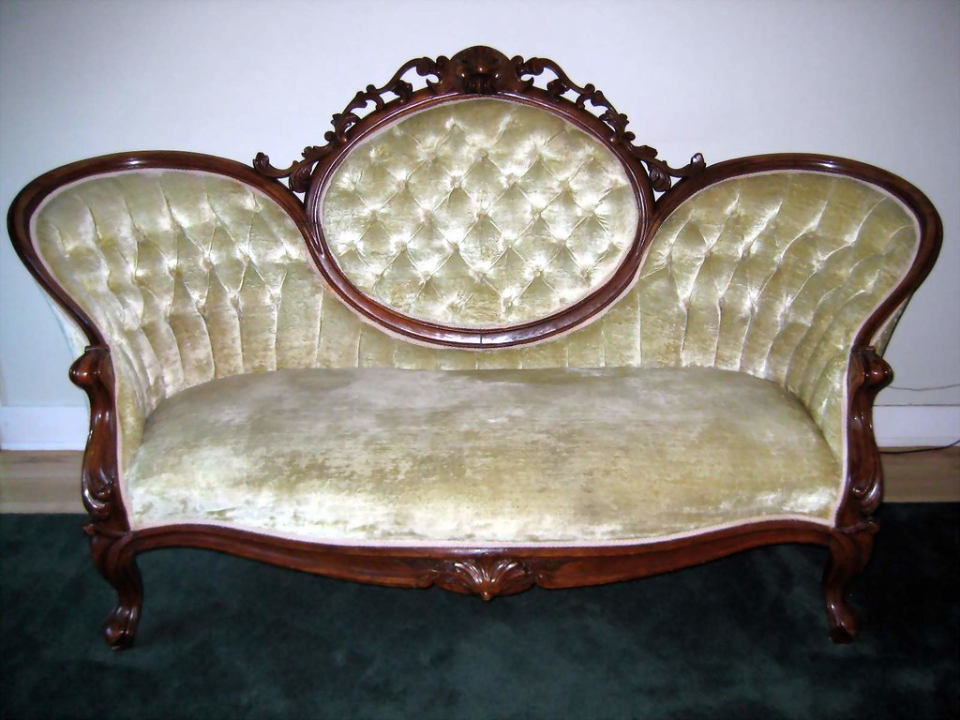
Many pieces of Victorian furniture are upholstered in rich fabrics such as velvet, brocade, or damask. These textiles were chosen for their luxury and ability to create a striking contrast with the dark wood frames. Look for upholstery that is well-maintained or original, as this can significantly increase the value of the piece.
The fabric should exhibit vibrant patterns or intricate designs, common in Victorian-style pieces. While the upholstery may have faded or become damaged over time, the patterns should still be distinguishable. When evaluating the upholstery, check for any tears or stains, and assess whether it can be reupholstered without compromising the piece’s historical integrity.
Heavy, Sturdy Construction
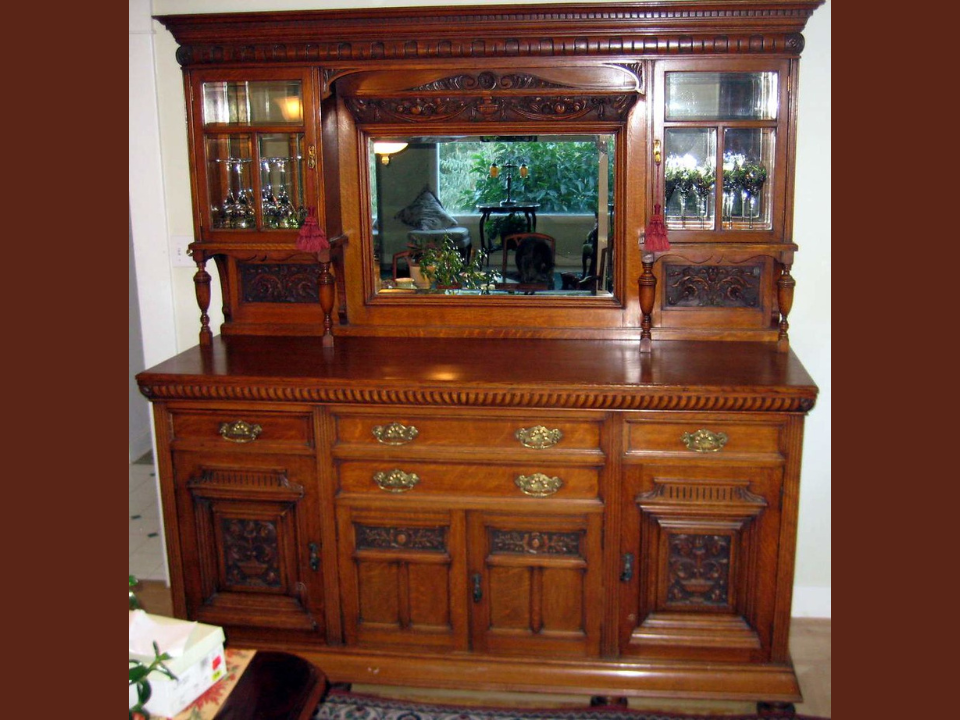
Victorian furniture was known for its solid, sturdy construction. Due to the materials and techniques used at the time, these pieces were built to last. Whether you are looking at a cabinet, sofa, or dining table, you should expect the furniture to feel heavy and substantial. Lightweight or flimsy pieces may not be genuine Victorian furniture.
The joints and connections should be tight, without any signs of wobbling or loose parts. Over time, Victorian furniture can experience wear and tear, so it is important to check the stability of the piece. Ensure that legs, arms, and other key components are securely fastened, and consider whether any repairs are needed to restore the furniture to its original condition.
Intricate Inlays
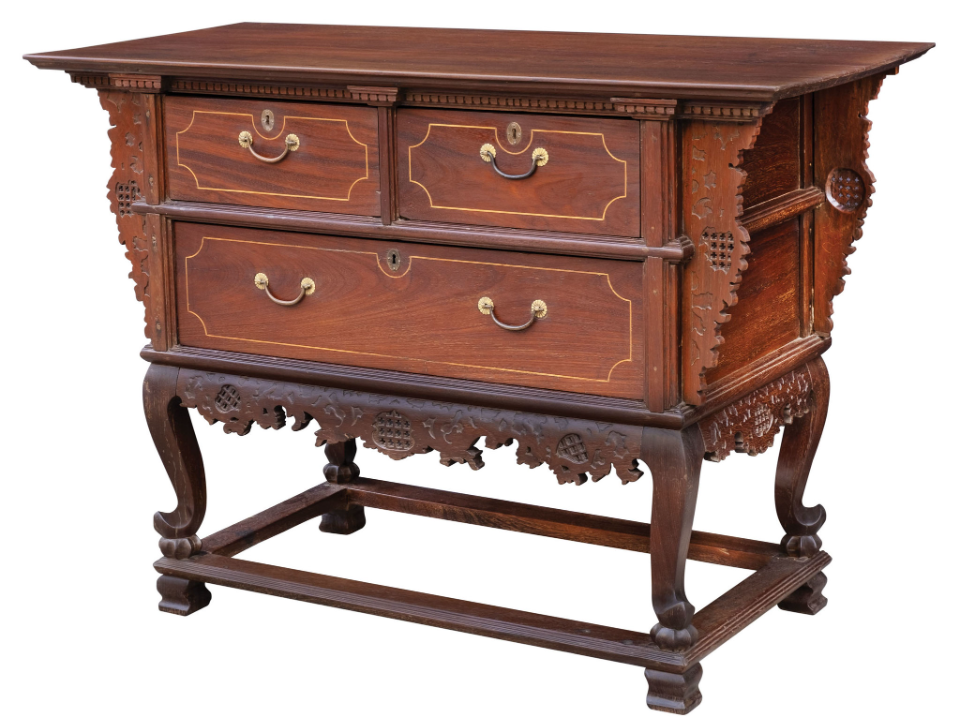
Inlays were a popular decorative element in Victorian furniture, adding an extra layer of sophistication. These small, detailed designs were often made of contrasting woods, ivory, or metal, and were inlaid into the surface of tables, chairs, and cabinets. The inlays would usually depict floral motifs, geometric patterns, or scenes from nature, adding a sense of artistic flair to the furniture.
When inspecting inlays, check for any missing or damaged sections. Inlays were carefully crafted and could be quite delicate, so it’s important to look for signs of wear. Authentic Victorian furniture often features inlays that are precise and evenly placed, adding a refined touch to the overall design.
Button-Tufted Backrests
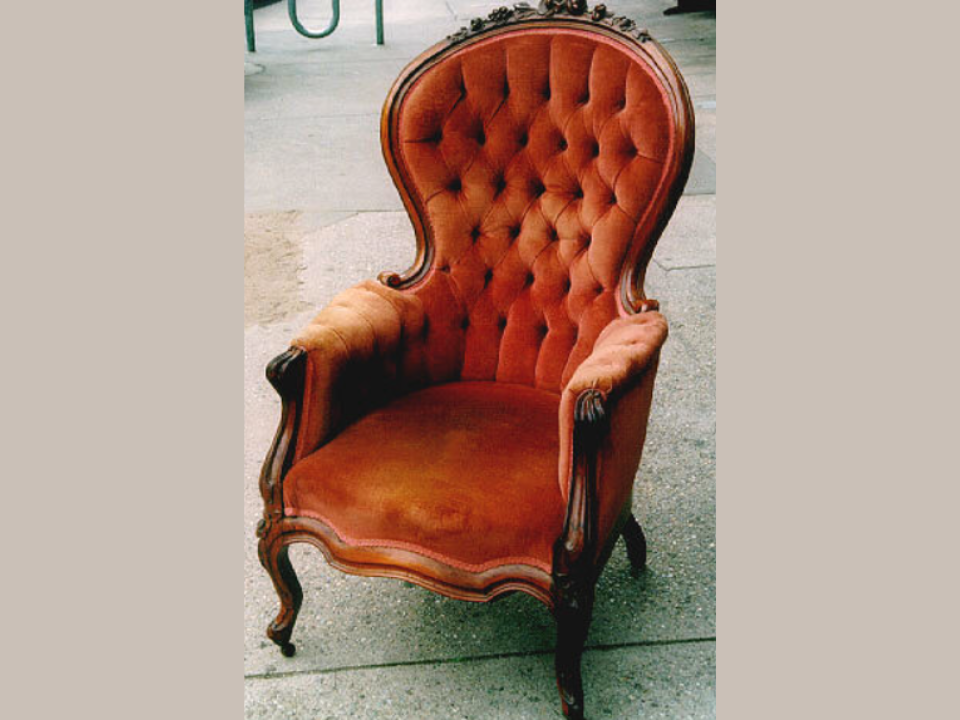
A distinctive feature in many Victorian chairs and sofas is the button-tufted backrest. This design involves stitching fabric in a pattern of small, raised buttons, which creates a textured and elegant appearance. The tufting adds a sense of luxury and depth to the piece, making it stand out as an important part of the room’s décor.
While inspecting button-tufted furniture, look for signs of wear such as loose buttons or fabric stretching. The tufting should be even and neat, with no sagging or uneven patches. Some Victorian pieces may require reupholstering, so be sure to assess the overall condition before making any purchases.
Richly Detailed Feet
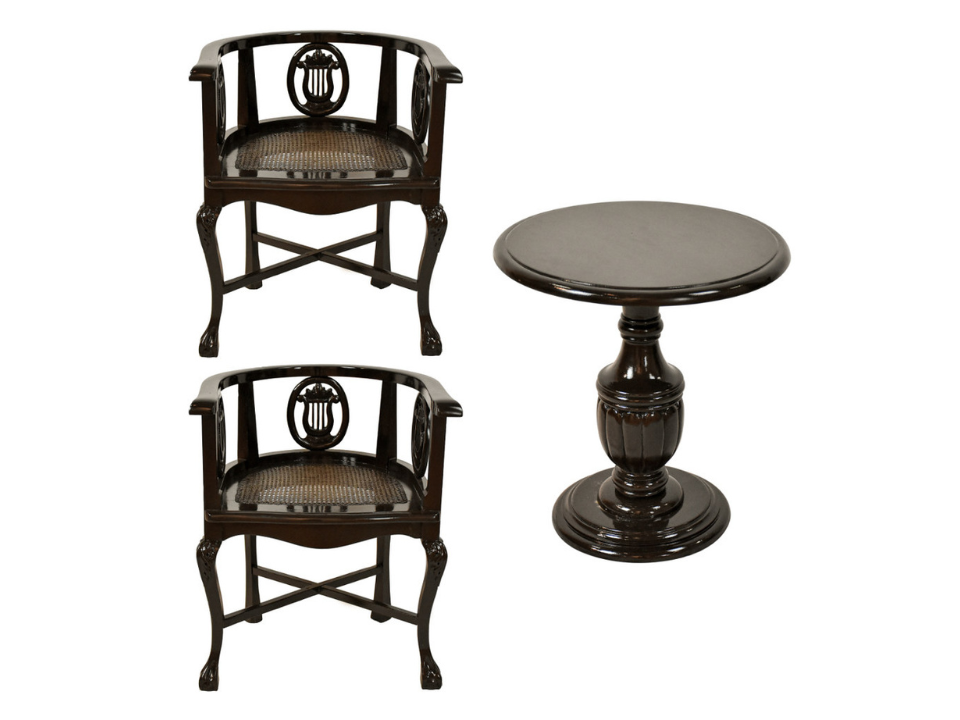
Victorian furniture often featured detailed, carved feet, which were a signature element of the style. The feet of chairs, tables, and cabinets were often turned, shaped, or decorated with designs like claw feet or ball-and-claw motifs. These details added a sense of grace and elegance to even the heaviest pieces of furniture.
When evaluating the feet of Victorian furniture, ensure they are intact and well-maintained. Damage to the feet can significantly impact the overall look and value of the piece. Check for any signs of wear or repairs, and consider whether restoring or replacing the feet would affect the piece’s historical integrity.
Large, Decorative Clocks
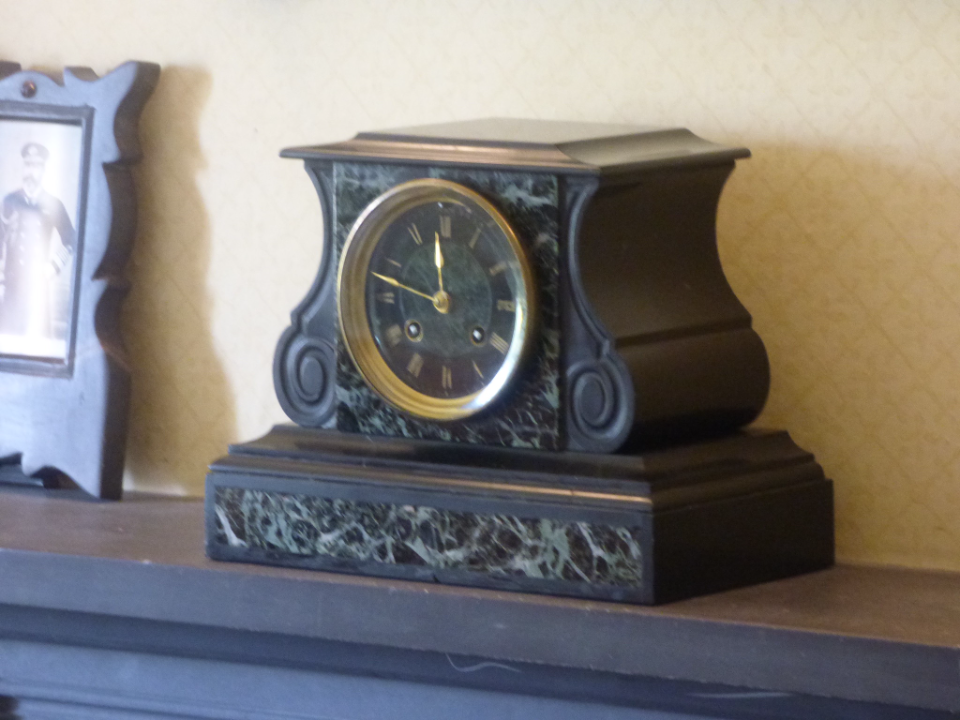
Victorian furniture collections often include large, ornate clocks that were designed to be the centerpiece of a room. These clocks were crafted from the same fine woods as the furniture and often had gilded or brass accents. The clocks were not just timepieces but also decorative elements, featuring elaborate designs that showcased the skill of the artisans.
When examining a Victorian clock, check the condition of both the exterior and the movement. The clock should be functioning properly, with no significant damage to the frame or face. These clocks can be valuable collectors’ items, especially if they are in original condition, so it’s important to carefully inspect every part of the clock.
High-Backed Chairs
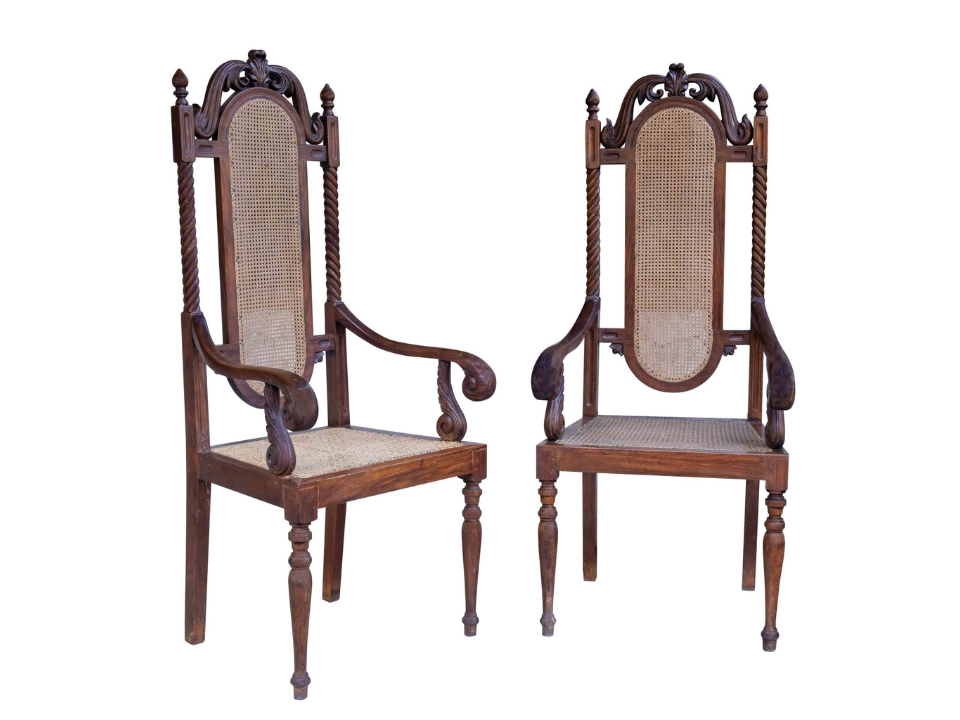
Many Victorian chairs, especially those used in parlors and drawing rooms, were designed with high backs for added comfort and support. These high backs were often adorned with intricate carvings and tufted upholstery, making them both functional and visually striking. The high backrest design was also a symbol of status, as it was often used in formal settings.
Look for chairs with sturdy high backs that retain their original shape and upholstery. Over time, the backs may experience sagging or wear, so it’s important to check for any structural issues. The quality of the wood and the craftsmanship of the backrest design should be evaluated to ensure that the chair remains a valuable part of your collection.
Bold, Dark Wood Panels
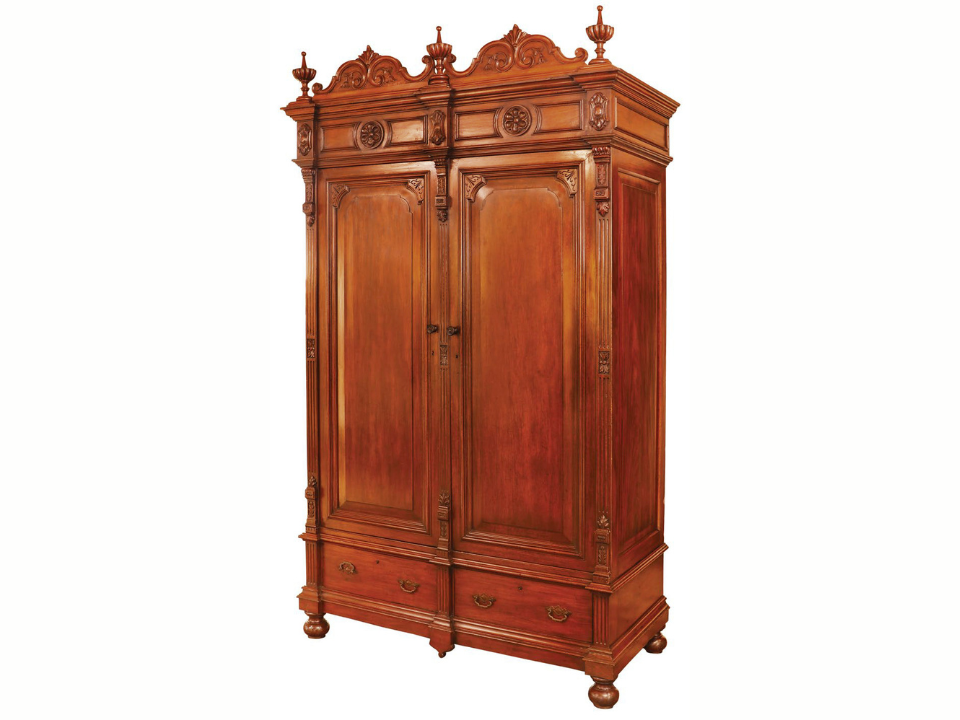
Victorian furniture is known for its large, imposing panels made from dark, polished woods like oak and walnut. These wood panels were often used as decorative accents on furniture such as cabinets and desks. The dark wood complemented the rich upholstery and carvings, creating a heavy and regal aesthetic that is typical of the Victorian style.
When inspecting dark wood panels, check for any cracks, discoloration, or signs of fading. While the wood itself can endure for many years, it’s important to ensure that the panels are free from major damage or surface imperfections. A well-maintained dark wood panel can greatly enhance the beauty and value of a piece of Victorian furniture.
Elaborate Armrests
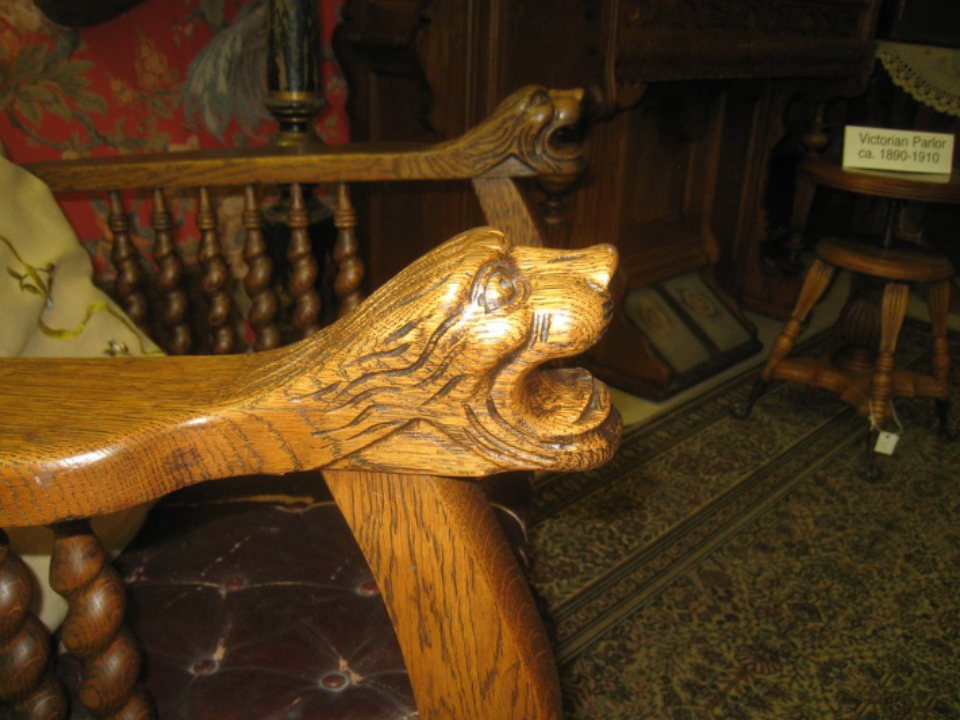
Many Victorian chairs, sofas, and settees featured elaborately designed armrests. These armrests were often carved from the same wood as the frame and were decorated with floral or scroll motifs. They added both comfort and decorative flair to the piece, often becoming a focal point of the design.
When assessing the armrests, check for any signs of wear or breakage. The carvings should be clear and the armrests should feel sturdy and comfortable. As with other aspects of Victorian furniture, ensure that the armrests retain their original design and structure to maintain their historical value.
Intricate Metalwork
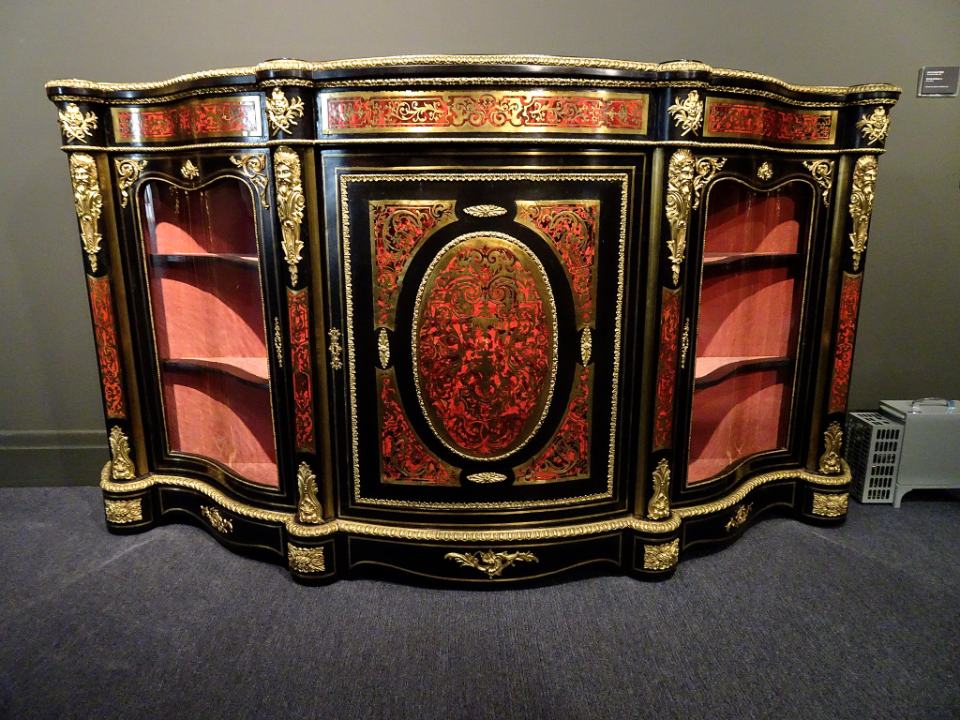
Victorian furniture often incorporated metalwork, either as decorative accents or structural elements. Common types of metalwork included brass handles, hinges, and decorative inlays. The metal elements were often used to complement the rich wood finishes, adding a sense of opulence to the furniture.
When inspecting metalwork, check for signs of tarnishing, rust, or damage. The metal should appear well-preserved, with intricate details still visible. Be mindful of any repairs or replacements that may have been made to the metal components, as these can impact the piece’s authenticity.
Elaborate Mirrors with Gilt Frames
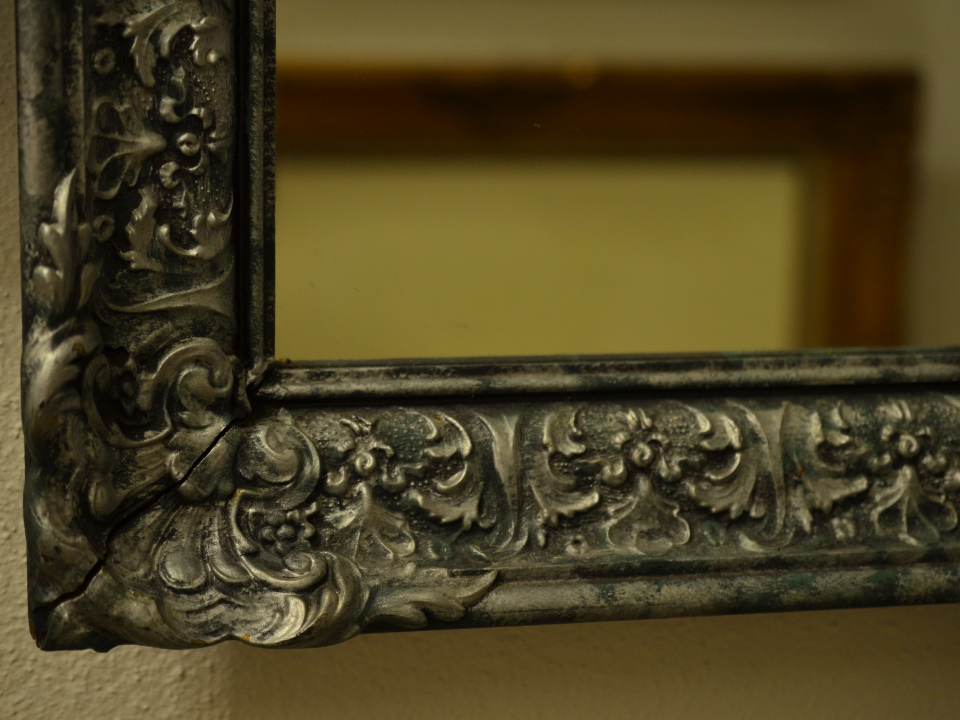
Victorian mirrors often featured large, gilded frames with intricate details such as floral patterns or scrollwork. These mirrors served as both functional items and key decorative pieces within the home. The gilt frames were a symbol of wealth and taste during the Victorian era, often used to reflect the grandeur of the room they were placed in.
When inspecting gilded frames, look for the gold leaf to be intact and not excessively worn down. The frame should exhibit fine detailing, with a symmetrical design and well-preserved edges. Mirrors with extensive gold gilding are highly valued by collectors, especially if they maintain their original luster.
High-Quality Upholstered Cushions
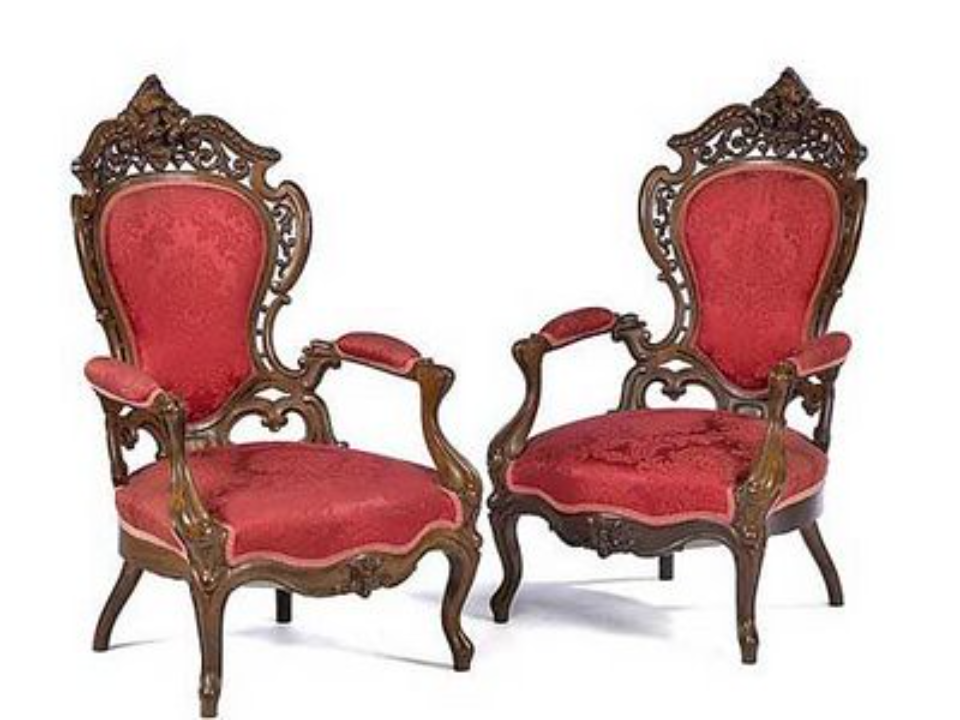
Many Victorian pieces, particularly chairs and sofas, feature high-quality upholstered cushions. These cushions are often filled with natural materials like down feathers or horsehair, providing comfort and support while maintaining the furniture’s elegant look. The fabric chosen for upholstery was often velvet or brocade, known for their luxurious feel and durability.
Examine the cushions for signs of wear, including flattening or staining. The fabric should retain its original texture, and the seams should be intact. A well-maintained upholstered cushion adds to the overall value of the piece, especially if it has the original fabric.
Pedestal Tables
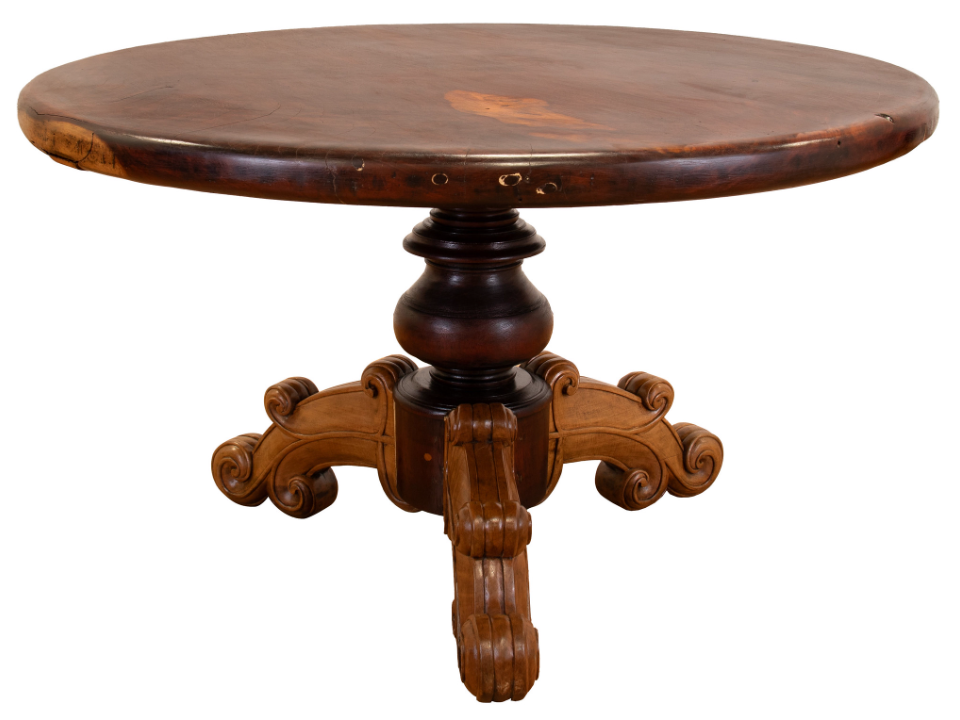
Pedestal tables were a popular piece in Victorian homes, offering both functionality and visual appeal. These tables typically feature a single, central pedestal base, often adorned with carvings or intricate details, supporting a round or oval top. The pedestal design allows for more legroom and adds a sense of elegance to the room.
When evaluating a pedestal table, check the stability of the base and the condition of the top. The wood should be intact, with no significant chips or cracks. Pedestal tables with well-preserved carvings or additional details on the base are highly sought after by collectors.
This article originally appeared on Avocadu.
